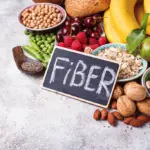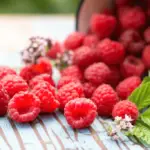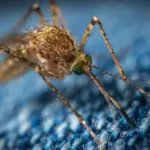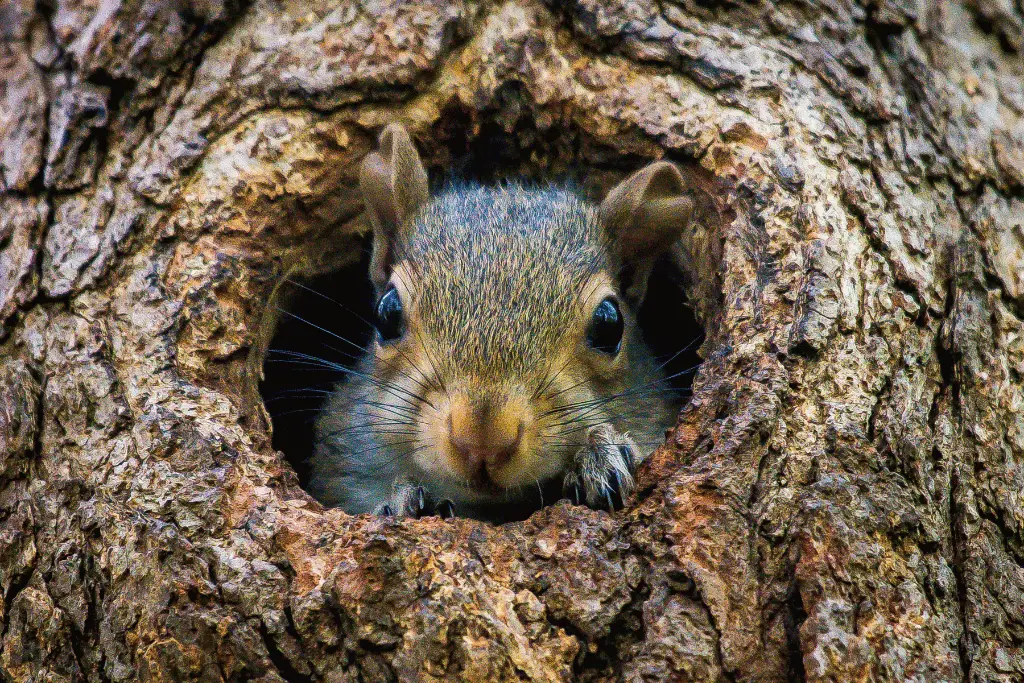
In the delicate balance between cohabitation and ensuring the safety of our homes, dealing with squirrel invasions becomes a necessary task. Squirrels, with their nimble acrobatics and seemingly innocent demeanor, can quickly turn into unwelcome houseguests if they find their way into your attic or walls. One of the crucial steps in addressing this issue is sealing the entry points these furry intruders use to access your home. But when is the best time to seal a squirrel hole? In this comprehensive guide, we’ll explore the intricacies of timing your intervention to effectively keep squirrels at bay.
Understanding Squirrel Behavior: A Prerequisite
Before we delve into the timing of sealing squirrel holes, it’s imperative to understand the behavior of these agile creatures. Squirrels, particularly the Eastern Gray Squirrel, are known for their adaptability and persistence. They seek warm, secure spaces for nesting, especially during the breeding season, which typically occurs in late winter or early spring. Squirrels are opportunistic and will explore potential nesting sites throughout the year. However, their activity tends to peak when they are preparing for the upcoming breeding season. Understanding this natural rhythm provides valuable insight into when sealing squirrel holes becomes most effective.
The Importance of Identification: Is it Active or Inactive?
Identifying whether the squirrel hole is currently active or inactive plays a pivotal role in determining the optimal time for sealing. Active holes, marked by signs of fresh gnawing, scratches, or feces, indicate current use by squirrels. Inactive holes, on the other hand, lack these signs and suggest that the squirrels have moved on. Sealing active holes too early may trap squirrels inside your home, leading to potential damage as they attempt to escape. Conversely, delaying the sealing of an active hole allows the squirrels to continue their activities, exacerbating the situation. Timing is, therefore, a crucial factor in ensuring an effective and humane resolution to the squirrel intrusion dilemma.
Consider the Seasonal Factors

The seasons also play a role in determining the best time to seal squirrel holes. Spring and summer are prime times for squirrel activity, as they forage for food and prepare nests for their young. Attempting to seal holes during this period might lead to conflicts with nesting squirrels, resulting in increased noise, potential damage to your property, and distressed squirrels attempting to re-enter their nests. Fall is a transitional period when squirrels actively gather and store food for the winter. Sealing holes during this time is crucial to prevent them from establishing a winter residence within your home. Winter, on the other hand, is a less active period for squirrels. Sealing holes during the colder months is generally safer, as it minimizes the chances of trapping squirrels inside.
Decoding Activity Signs – Identifying Active and Inactive Squirrel Holes
When dealing with a potential squirrel invasion, correctly identifying whether a hole is currently active or inactive is crucial for effective intervention. In this second part of our guide, we will delve into the specific signs that help you decode the activity level of a squirrel hole, empowering you to make informed decisions about when to seal these entry points without causing harm to the furry inhabitants.
Fresh Gnaw Marks and Scratches: Signs of Activity
One of the primary indicators of an active squirrel hole is the presence of fresh gnaw marks and scratches around the entry point. Squirrels, equipped with sharp incisors, continuously gnaw on various surfaces to maintain their teeth. Fresh markings suggest recent activity, indicating that the hole is currently in use. Additionally, scratches around the hole may signify the squirrel’s attempts to enlarge or secure its entry point.
Fecal Matter: A Telltale Sign
Inspecting for the presence of fecal matter in and around the hole provides valuable insights into its activity status. Fresh droppings near the entry point indicate recent squirrel visits. Squirrel droppings are generally small, cylindrical, and dark in color. The absence of feces or the presence of dry, discolored droppings suggests that the hole is inactive, as squirrels tend to keep their nesting areas clean.
Nesting Material: Signs of Preparation

Active squirrel holes often exhibit signs of ongoing nesting activities. If you observe nesting materials like leaves, twigs, or insulation near the entry point, it indicates that the squirrels are actively preparing or maintaining their nest. This nesting behavior is especially prevalent during the breeding season, emphasizing the importance of considering the reproductive cycle when deciding when to seal a hole.
Audible Activity: Listening for Clues
Squirrels are not the most discreet houseguests. If you hear scratching, scurrying, or other sounds emanating from the hole or the surrounding area, it’s a clear indication of active squirrel habitation. Audible clues are particularly relevant when considering the sealing of entry points, as trapping squirrels inside can lead to increased noise, potential damage, and distress for the animals.
Time of Day Observations: Peak Activity Hours
Observing the hole during different times of the day can provide additional insights. Squirrels are diurnal creatures, meaning they are most active during daylight hours. Monitoring the hole’s activity during peak hours, such as early morning or late afternoon, can help confirm whether it is actively used by squirrels.
Understanding Inactivity: Absence of Signs
Conversely, an inactive hole lacks the aforementioned signs of fresh activity. If the area around the hole appears undisturbed, with no new gnaw marks, scratches, or nesting materials, and if there is a lack of audible activity, it suggests that the hole is not currently in use by squirrels.
Navigating the Seasons – When is the best time to seal a squirrel hole?
As we continue our journey into the world of squirrel intrusion, understanding the seasonal factors that influence their behavior becomes paramount. In this third part of our guide, we will explore the intricate dance between squirrels and the changing seasons, providing insights into the optimal timing for sealing squirrel holes without causing harm to these resourceful creatures.
Spring and Summer: The Peak of Squirrel Activity
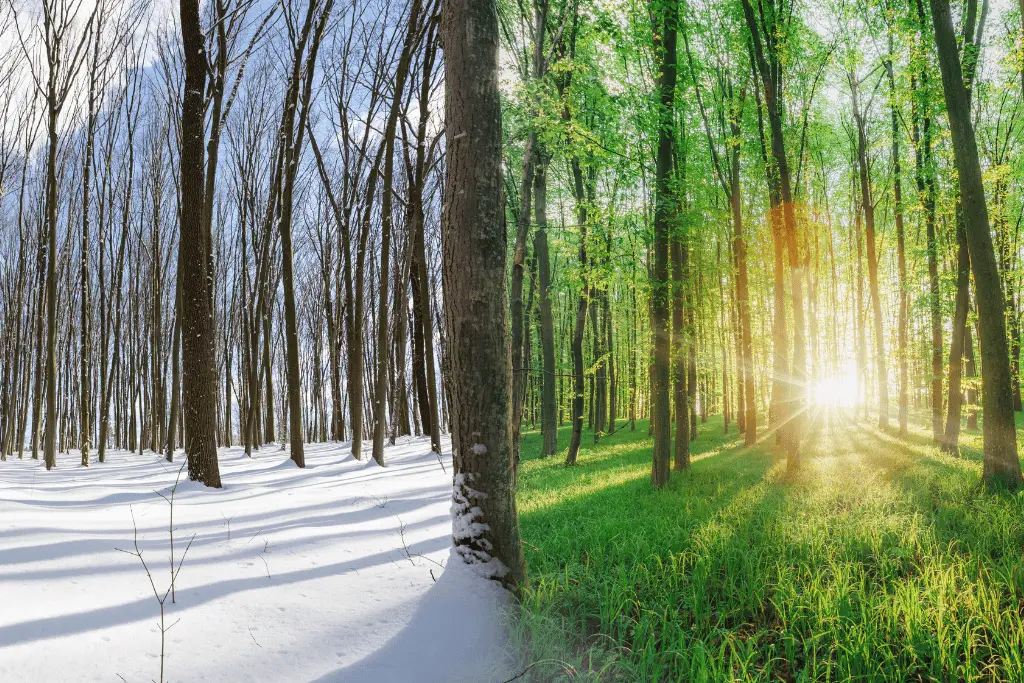
Spring and summer mark the peak of squirrel activity, as these agile creatures engage in breeding, foraging, and nest preparation. During this period, sealing squirrel holes requires a delicate approach. Attempting to seal entry points while squirrels are actively nesting may lead to conflicts, increased noise, and potential harm to the animals. Spring is also the time when baby squirrels, or kits, are born. Sealing holes with nesting mothers and their young inside can have detrimental consequences. It’s essential to exercise caution during these months and consider alternative solutions to discourage squirrels from using your home as their nesting site.
Fall: A Transition Period for Squirrels

Fall brings a transitional period for squirrels as they shift their focus to gathering and storing food for the upcoming winter. Sealing squirrel holes during this time is crucial to prevent them from establishing a winter residence within your home. As temperatures drop, squirrels seek warm and secure shelters, making your attic or walls an attractive option. Identifying and sealing entry points in the fall helps fortify your home against potential winter infestations. The reduced squirrel activity during colder months also minimizes the chances of trapping them inside during the sealing process.
Winter: A Quieter Period for Squirrels

Winter is generally a quieter period for squirrels. Their activity decreases, and sealing entry points during this season is considered safer. However, it’s essential to remain vigilant and confirm the inactivity of the hole before taking action. Winter sealing is an opportune time to prevent future intrusions and fortify your home against potential spring and summer infestations.
Year-Round Vigilance: Addressing Immediate Threats
While considering seasonal factors is crucial, immediate threats to your home’s integrity should be addressed promptly. If you notice active squirrel holes leading to damage, the urgency of the situation may require immediate sealing, regardless of the season. In such cases, take precautionary measures to ensure the humane and safe resolution of the issue.
Professional Assistance: Navigating Complex Situations
Navigating the complexities of sealing squirrel holes requires a nuanced understanding of their behavior and the specific circumstances of your home. In cases of uncertainty or large infestations, seeking professional assistance is advisable. Wildlife experts can assess the situation, implement humane solutions, and guide you through the process of sealing entry points effectively.
Sealing Squirrel Holes – A Comprehensive Guide

Our exploration into the delicate art of sealing squirrel holes culminates in this final part, where we bring together the insights gathered throughout our journey. Sealing squirrel entry points requires a thoughtful and considerate approach to ensure the safety of both your home and the resourceful creatures seeking shelter within. Let’s synthesize the knowledge gained and provide a comprehensive guide on when and how to seal squirrel holes effectively.
Understanding the Signs: A Recap
Before embarking on the journey of sealing squirrel holes, a crucial step is understanding the signs of activity. Fresh gnaw marks, scratches, fecal matter, nesting materials, and audible activity are all indicators of an active hole. Conversely, an inactive hole lacks these signs, emphasizing the importance of careful observation before taking action.
Decoding Activity Status: Timing is Everything
Identifying whether a hole is currently active or inactive is pivotal in determining the optimal timing for sealing. Attempting to seal an active hole too early may trap squirrels inside, leading to potential damage and distress. Timing considerations should also align with seasonal factors, acknowledging the peak activity during spring and summer, the transitional period in fall, and the quieter winter months.
Seasonal Considerations: Navigating the Squirrel Calendar
Understanding the seasonal nuances of squirrel behavior is key to successful sealing. Spring and summer, marked by heightened activity and nesting, require caution to avoid conflicts. Fall is a critical time for sealing to prevent winter infestations, while winter provides a quieter period for intervention. Year-round vigilance is essential, addressing immediate threats promptly.
Guidelines for Sealing: How to Safely Fortify Your Home
When sealing squirrel holes, consider the following guidelines:
- Inspect Thoroughly: Conduct a thorough inspection to identify all potential entry points.
- Use Humane Deterrents: Implement humane deterrents to encourage squirrels to leave on their own accord.
- Seal Gaps and Cracks: Use appropriate materials to seal gaps and cracks, focusing on potential entry points.
- Install One-Way Exits: Implement one-way exits that allow squirrels to leave but prevent re-entry.
- Professional Assistance: In complex situations or large infestations, seek professional assistance to ensure a humane and effective resolution.
Balancing Coexistence
Sealing squirrel holes is not just about protecting your home; it’s about finding a balance between coexistence and safeguarding the well-being of these remarkable creatures. By understanding the signs of activity, decoding the timing considerations, and following humane sealing guidelines, you can navigate the intricate dance of living alongside squirrels. As you embark on the journey of fortifying your home, remember the importance of empathy and consideration. Squirrels, with their resourcefulness and adaptability, remind us of the delicate equilibrium in the shared spaces we inhabit. With this comprehensive guide, you are equipped to address squirrel intrusions with sensitivity and efficacy. May your home be secure, and may the squirrels find safe havens in the abundance of nature. In the intricate tapestry of coexistence, let our actions reflect a harmonious dance with the wild inhabitants of our surroundings.

